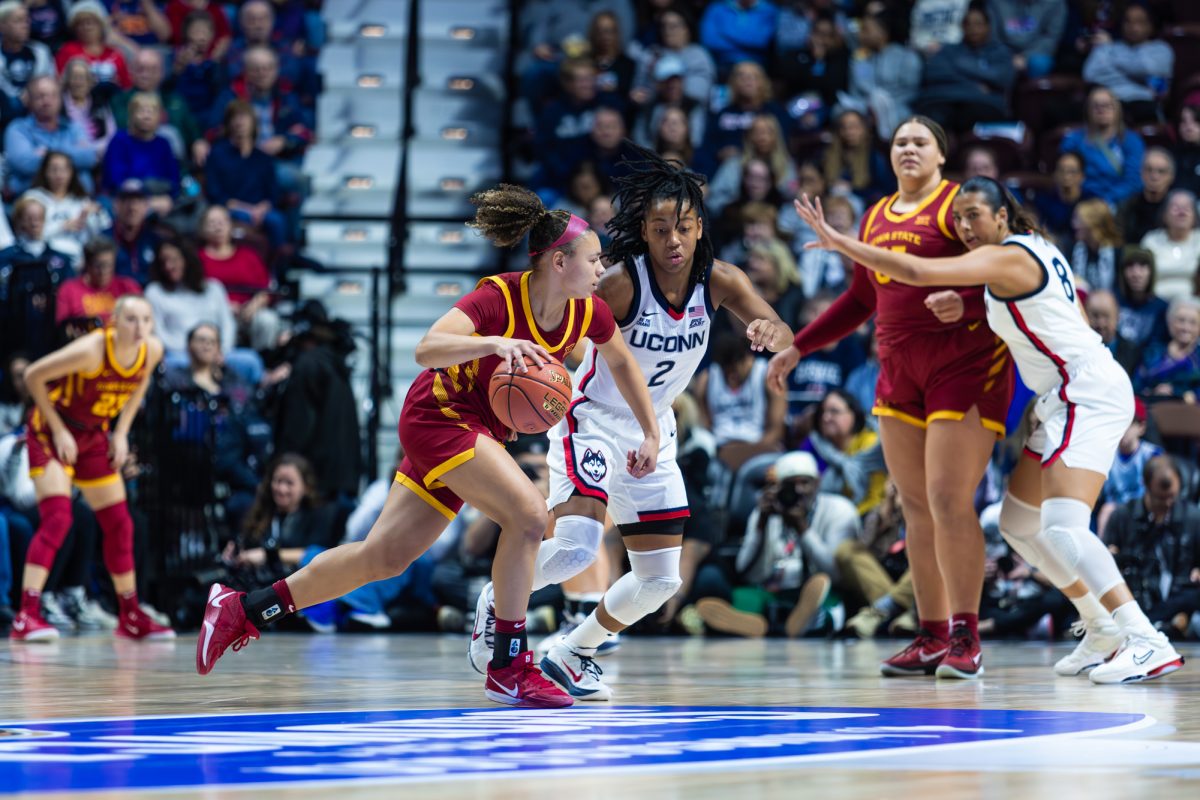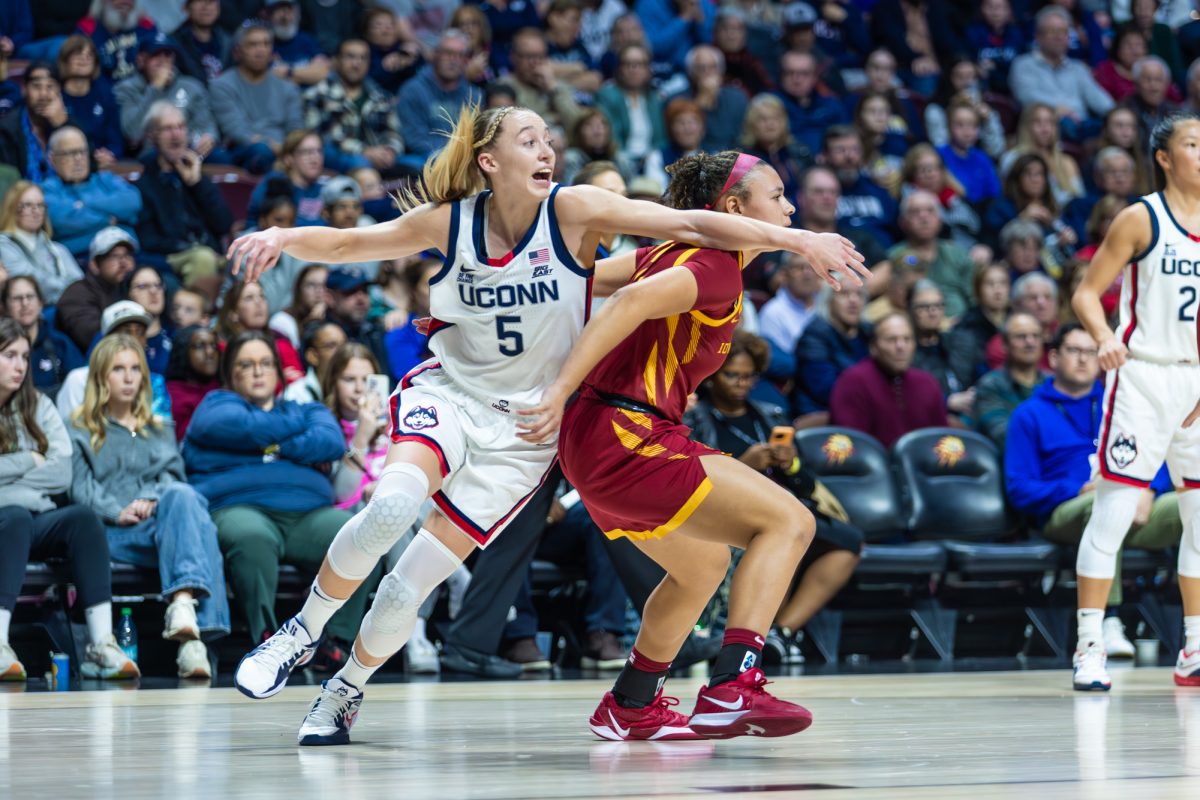Software threatens ISU policy
October 4, 2007
Terms of use codes and ethics used to be safety blankets in cyberspace, as they were the ultimate source of security standards. However, new software has been conflicting with these safety nets and causing problems for network administrators.
As of late, the usage of online applications such as “Second Life” has been conflicting with the ISU Code of Computer Ethics and Acceptable Use policy. Policy states that Iowa State has the distinct responsibility to keep its users safe while assuring their speech and intellectual freedoms.
According to the code, “Iowa State University desires to provide the highest level of privacy possible for users of its information technology systems . privacy and confidentiality must be balanced with the need for the university to manage and maintain networks and systems against improper use and misconduct.”
The ISU code accepts responsibility for what happens over its server. However, the “Second Life” terms of service accepts no responsibility for what happens to its users online. The two are in contradiction.
One of the biggest draws to “Second Life” is its ability to simulate real life, but there are also troubling issues from real life that come alongside the positive aspects of the online community.
Brian Mennecke, associate professor of logistics operations and management information systems and the first ISU professor to use “Second Life” in a classroom setting, said the forgettable experiences that occur in “Second Life” are few and far between.
“It doesn’t happen all the time. In fact, I would consider it to be very rare,” Mennecke said.
For use in educational settings, “Second Life” currently sets aside islands that are only open to students, but the issues with unethical behavior still remain. Mennecke said one possible answer for the feud may lie in the form of an educational grid separate from the grid used by everyday users.
“Right now there are a lot of people pushing for an education-only grid,” Mennecke said. “I think there’s a lot of interest in it at this point.”
The usage of a new grid for educational purposes could possibly alleviate and extinguish many of the problems seen in the everyday implementation of “Second Life,” but the issue with the conflicting terms of use are still prevalent.
Although the harassment and other issues may not happen often, Barbara Mack, associate professor of journalism and communication, said there will most likely be a resolution to the issue, regardless of the frequency of the events.
“I think, eventually, there will be a drive to resolve the conflict,” Mack said. “To say that something happens rarely is not particularly an effective argument.”
Mack said even though she’s never heard of any liability conflicts between the university and the usage of online applications, it’s not an issue that should have a shy eye turned to it.
“I would have to say the classroom is not supposed to be a real-life atmosphere – it’s supposed to be a place of intellectual inquiry,” Mack said. “I don’t know that their [Second Life’s] act is dirty, but I think there are problems and issues with any new technology that need to be worked out.”
Another issue that has risen from the usage of “Second Life” is the financial considerations required by “Second Life.” Currently, the cost of an individual island is $1,675, with a monthly user fee of $295. According to “Second Life’s” Web site, verified real-world educators may obtain a 50 percent discount, cutting the prices to $837.50 and $147.50, respectively.
Along with the high prices, Mennecke and other educators must deal with the rift between the terms of use of “Second Life” and their respective institutions.
“One of the things you have to question is whether there are all kinds of violations . maybe that’s the broader issue,” Mennecke said. “I don’t know that the university is going to go through one by one and start saying ‘You can’t use this without our permission.'”






